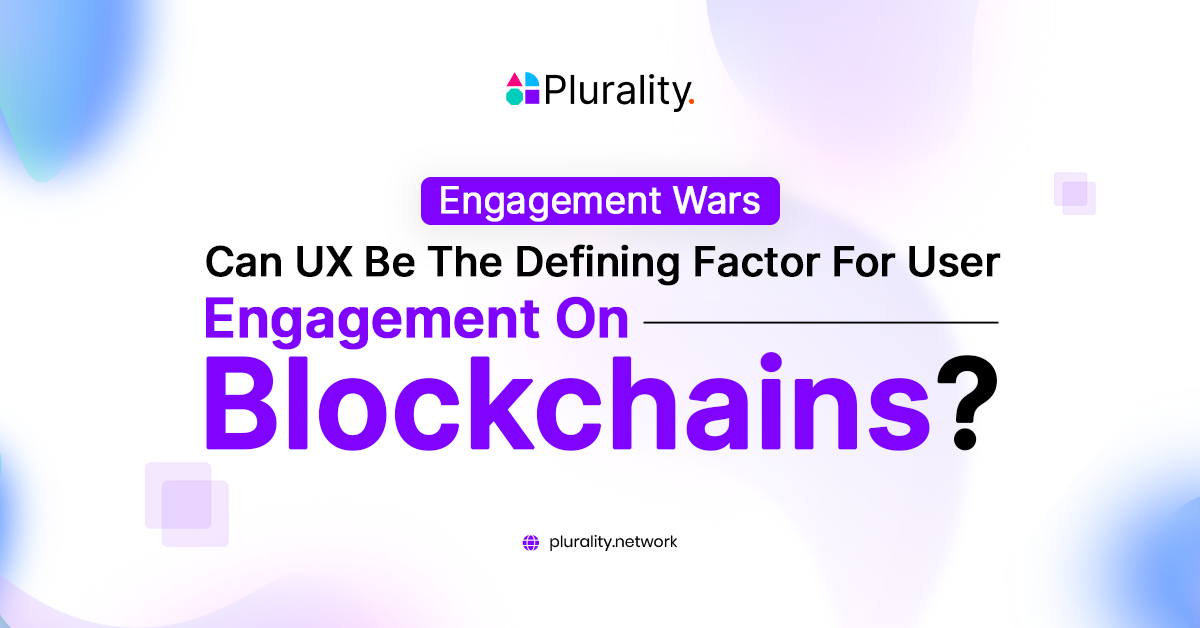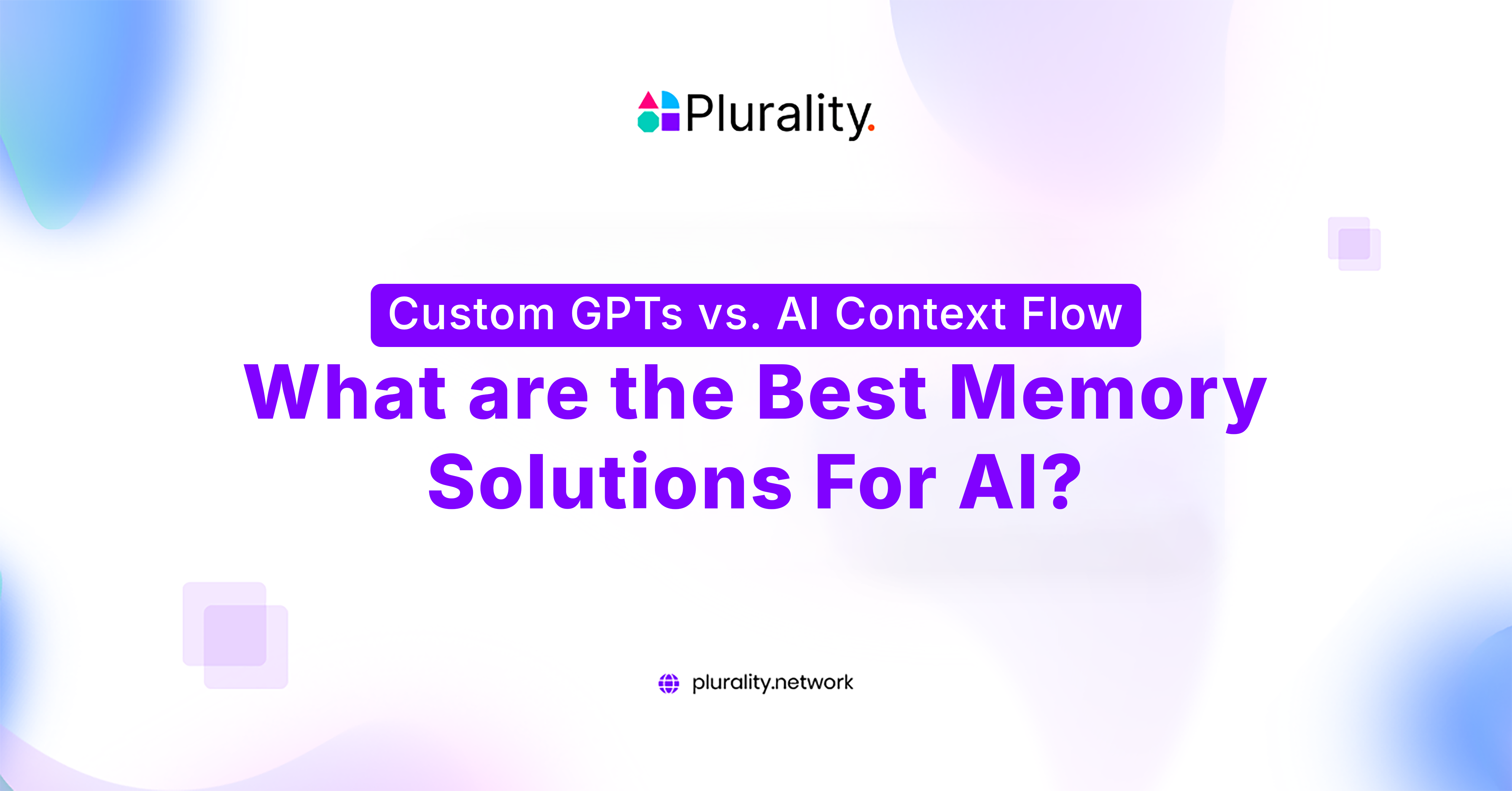Engagement Wars: Can UX Be The Defining Factor For User Engagement On Blockchains?
By Alev • Novmember 13, 2024

Ethereum was once the market leader but is constantly struggling now. From DeFi to gaming, Ethereum has been the core of decentralized applications (DApps). The recent statistics were concerning. They highlight a visible trend: activity across Ethereum DApps has decreased by 17%, testing the network’s resilience.
Solana is taking market share due to its emphasis on user-friendly and interactive experiences. For example, Solana’s NFT ecosystem, which includes platforms like Magic Eden, attracts users with engaging NFT collections and simple buying processes. Additionally, Solana’s integration with games like Star Atlas and DeFi platforms with gamified elements enhances the fun factor, drawing in more users. The blockchain’s fast transaction speeds and low fees also make these experiences smooth and accessible, further boosting user retention and engagement.
While new layer-1 and layer-2 networks are being accepted, Ethereum’s dominance faces challenges. Ethereum leads the DApp space and overall user base; other blockchains like Solana and BNB Chain also have significant recognition. Each reported 24% and 23% increases in DApp volumes during the same period, respectively. With all the competing blockchains, UX is the defining factor in increasing engagement—whoever provides the best UX gets the most transactions.
There are multiple reasons for this decline in Ethereum’s user retention, some attributed to the user experience. Solutions focused on user-centric experiences (UX), including chain and wallet abstraction, can adequately address these solutions.
Understanding The Current DApp Landscape
Despite the slowdown, Ethereum remains the market leader, with the largest ecosystem of DApps and developer activity. However, high transaction fees and complex user interfaces continue to pose significant barriers. The average transaction fee on Ethereum is $1.70, which, while lower than previous highs, remains a deterrent compared to other blockchains.
Though layer-2 solutions have offered scalability improvements, they introduce additional complexity that can further hinder adoption. Moreover, Ethereum’s 3.3% staking yield is also a disadvantage. For context, other instruments like the 6-month U.S. Treasury bill offer a 4.6% yield, and only 28.5% of ETH is staked, far behind Solana’s staking rate of 65.8%. The ETH/BTC ratio has also recently hit new lows, highlighting Ethereum’s underperformance against Bitcoin.
These factors underscore the need for improved UX to retain users and drive mass adoption.
Challenges In User Retention
Have you wondered what challenges DApp users face causing this unbelievable turn in the blockchain ecosystem? As the competition increases, Ethereum faces several challenges in maintaining user retention within its DApp ecosystem:
1. Slow Processing Times and High Transaction Fees
Although layer-2 solutions have lowered some of Ethereum’s high transaction costs, at an average of $1.70 per transaction, the network still lacks the affordability of competing chains. Additionally, while Ethereum’s transaction speeds have improved, they often fall short of user expectations compared to blockchains like Solana, which can process up to 65,000 transactions per second (TPS) compared to Ethereum’s 15-30 TPS.
2. Steep Learning Curve and User Friction
Ethereum’s DApps often require users to experience complex interfaces and deal with unfamiliar concepts like gas fees and wallet management. These complexities can deter first-time users, limiting adoption. In contrast, competitors have focused on user-friendly designs that streamline these processes.
3. Competitive Yield Rates and Low Staking Percentage
With Ethereum’s staking yield at 3.3%, it pales compared to the 4.6% yield offered by U.S. Treasury bills. Moreover, only 28.5% of ETH is currently staked, significantly lower than Solana’s 65.8%, indicating a gap in incentive structures that might otherwise encourage user retention.
4. Network Fragmentation and Interoperability Challenges
The lack of interoperability across networks limits DApp functionality, confining users to isolated ecosystems. While layer-2 solutions have enabled Ethereum to scale to some degree, they come at the cost of fragmented user experiences, as users are required to manage multiple wallets and switch between layer-1 and layer-2 solutions, leading to reduced ease of use.
Enhanced User Experience for Boosting DApp Engagement
To counter these obstacles, DApps must adopt adaptive design solutions that improve accessibility and engagement. An optimized user experience makes DApps more accessible and intuitive, which is essential for retaining users in a competitive landscape. Critical components of this approach include:
- Reduced Onboarding Steps: Simplifying wallet creation, transaction management, and other initial steps can help retain users and encourage long-term engagement with DApps.
- Layer-2 Low-Cost Solutions: By leveraging layer-2 platforms, DApp developers can offer a more cost-effective experience without compromising the security of the Ethereum mainnet.
- User-Centric Incentive Programs: Providing token rewards or discounts on transaction fees can enhance user loyalty, encouraging users to return and engage with the platform more frequently.
- Intuitive Design and Navigation: Simplified navigation makes users more likely to engage by lowering the learning curve and ensuring a more seamless experience.
- Community-Building Features: A sense of community through interactive forums, events, and regular updates can help create an environment where users feel they’re part of a broader blockchain ecosystem.
Plurality’s Smart Profiles: Leveraging Chain and Wallet Abstraction
Plurality’s Smart Profiles represent a significant step forward in enhancing UX for Ethereum users, addressing critical issues with chain abstraction and wallet abstraction. Here’s how they work to improve the DApp experience:
Chain Abstraction: Unifying the Multi-Chain Experience
Chain abstraction allows users to interact seamlessly across various blockchain networks. By abstracting the complexities of switching between different blockchains, users can enjoy a more fluid experience. Chain Abstraction allows users to interact with any dApp without worrying about the underlying blockchain mechanics. This makes the lives of end users easier – boosting engagement.
Wallet Abstraction: Simplifying Wallet Management
Wallet abstraction allows users to manage multiple wallets through a single profile, creating a more intuitive experience. Without the hassle of switching wallets for different DApps or chains, wallet abstraction encourages users to interact with a range of DApps easily, supporting engagement and retention.
Personalized User Experiences with Open Social Context
The open social context in Smart Profiles allows users to customize and personalize their experience across various DApps. This personalized touch will enable users to create unique profiles that align with their preferences, strengthening the relationship between users and their digital assets.
Enhanced Security and Privacy Controls
Smart Profiles enhances security by allowing users to access DApps without needing multiple private keys. This approach reduces the likelihood of human error, strengthens user trust, and fosters an environment where users feel comfortable engaging with DApps regularly.
Developer-Friendly Framework
Smart Profiles encourages developers to create DApps that leverage chain and wallet abstraction, making it easier to onboard new users and retain existing ones. This is particularly valuable in an industry where convenience and simplicity can significantly affect user adoption.
Conclusion
Ethereum’s DApp ecosystem faces growing challenges as activity declines and competitors like Solana and BNB Chain see user engagement rise. The current DApp landscape highlights barriers like high transaction fees, complex interfaces, and limited cross-chain interoperability, which impact Ethereum’s ability to retain users. Solutions that simplify the user experience—such as reduced onboarding steps, lower transaction costs, and intuitive navigation—are critical to addressing these issues and maintaining Ethereum’s relevance.
Plurality’s Smart Profiles offer Ethereum DApps a competitive advantage by integrating chain and wallet abstraction. This makes it easier for users to explore chains and manage multiple wallets within one profile. By prioritizing seamless and secure user interactions, Smart Profiles create a more accessible and engaging environment, which can help boost user retention. This user-centric approach offers a pathway for Ethereum to strengthen its DApp ecosystem in a highly competitive market.



